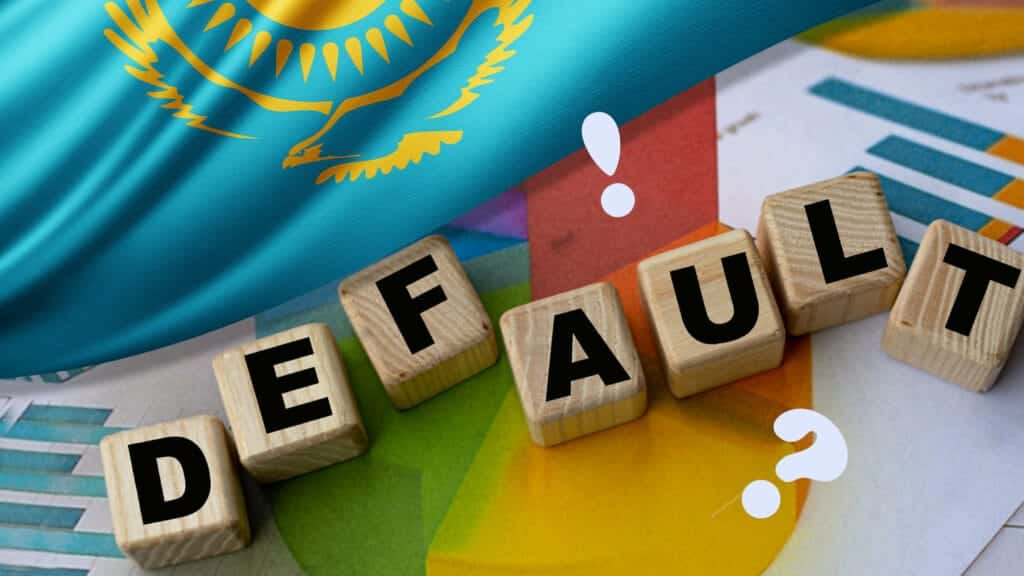
According to MP Adil Zhubanov, if public debt continues to grow at the current tempo, Kazakhstan’s state budget will be at risk of default. He hasn’t provided any details supporting his opinion though, the KazTAG news agency reported.
«Public debt has been growing much faster than the national GDP. For instance, over the past 15 years, public debt has grown by 28% per year, while the GDP has increased by 15% per year on average. If we do nothing to fix the problem, this situation can evolve into a technical default for our country,» Zhubanov said.
As the MP noted, the government’s debt was $61.7 billion as of July 1, 2023. By 2026, Kazakhstan will spend $7.5 billion or 14% out of its entire budget spending to serve its debt. By 2030, this figure will reach 49% of the national GDP.
According to the Ministry of Finance, public debt in Kazakhstan was about $63.1 billion or 24.4% of its GDP as of October 1. The government accounts for $54.6 billion or 86.4% of the entire country’s debt; the National Bank for $6.1 billion in short-term notes, while local executive bodies owe $2.3 billion.
Kazakhstan’s public debt consists of two parts: external (controlled by non-resident holders) and internal (owned by residents). If the country’s government declares default over its liabilities, it will affect the sovereign rating of Kazakhstan. However, modern economic science doesn’t know such a term as “budget default” (when the government’s spending exceeds its revenue) because any government can borrow money or use its reserves. In Kazakhstan, the government usually takes money from the National Fund.













